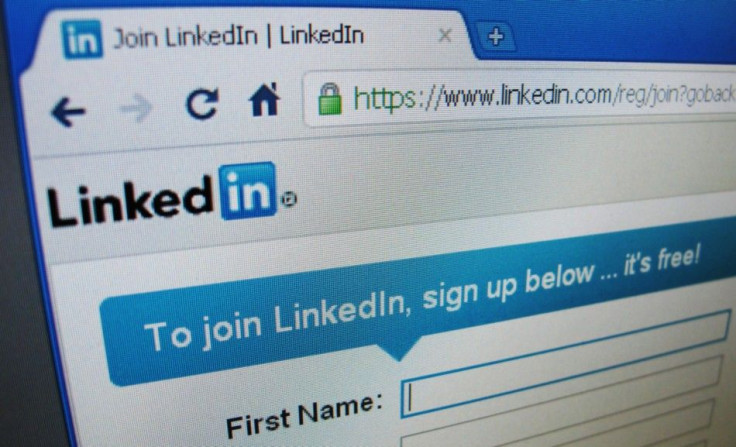Is it 1999 all over again for tech stocks?

I wasn't one of those people who lost a bunch of money when dot-com stocks blew up in 2000, but to be honest, that's because I didn't make a lot of money in the bubblicious run up, either.
I still remember naively waiting for new companies like Amazon, AOL and Pets.com (remember that one?) to show a profit before jumping in.
By the time any of those companies achieved profitability -- or didn't -- their share prices had gone through the roof and I had missed my chance for wealth -- or ruin.
Today, companies like LinkedIn, Groupon, Zynga and Facebook are partying like it's 1999, making plans to come to market or already trading at valuations that put them among the blue chips.
For example, LinkedIn, which went public in May, reached its year's high of $121.97 on May 19, and had a market capitalization in the neighborhood of $10 billion, even though it is expected to lose money this year. Maybe it will shake up the world of recruiting and business marketing, but still, that is kind of nerve racking. LinkedIn shares fell 7.5 percent in one day this week after the company was downgraded by a JPMorgan analyst.
Some folks want to throw their wallets at those new household names, and others -- perhaps more scarred than I was back in 2000 -- wouldn't touch an Internet stock ever again.
"People got burned so badly that they have been virtually ignoring that area," says Tom Roseen, head of research services at Lipper, a Thomson Reuters company. Ironically, that might make them a good investment.
Stock market watchers don't know what to do. Is this a new bubble or a buying opportunity? The right answer probably lies somewhere in between. Here are some thoughts:
-- It's not 1999. Back then, there were several new companies across the tech spectrum going public every day without any profits, and immediately they became objects of bidding wars, remembers Scott Kessler, head of technology sector equity research at Standard & Poor's. The frenzy now seems concentrated in a narrow band of Internet/social networking companies. "It seems like a handful of companies at best," he said.
The bulk of technology companies, defined more broadly, may actually be conservatively valued. U.S. science and technology mutual funds have returned 2.14 percent year to date through July 14, reports Lipper. That's less than half the 5.16 percent logged by the S&P500 during the same period.
-- Keep emotions out of it. "Don't be too scarred by what happened a decade ago," says Kessler. But he also cautions investors not to "get caught up in the excitement and emotions that surround these companies." Instead, follow the same numbers that serious investors have used for years. Are there earnings? How do the earnings compare to the share prices?
-- Think about corporate investments. Big U.S. companies are sitting on more than $850 billion in cash. And it's pretty clear, given the slow (or nonexistent) recovery in hiring, that they are not spending that money on people. Maybe they'll spend some of their cash reserves on productivity-improving technology, boosting the tech sector.
-- Advisers like tech now. "The overall health of the technology sector remains very strong," says John Challenger, an outplacement consultant who watches employment trends. "In fact, it is one of the best performing industries in the economy at the moment."
Kate Warne, a market strategist for St. Louis brokerage Edward Jones, says her firm is recommending traditional tech stocks such as Intel to their clients. "We think many investors need to be adding dollars to this sector. Many of these tech stocks are paying dividends and have very attractive valuations."
-- Use tried-and-true analysis techniques. People got in trouble in 1999 because they stopped looking at bedrock figures like earnings, and instead started paying for things like "clicks" and "eyeballs."
Kessler says: "When companies pick and chose what metrics they think are most appropriate, that suggests the other metrics that people have historically used for decades are not as favorable." Meaning that if you actually judged a company on the basis of its earnings, you probably would not buy that company.
That's telling you something, says Warne. "If they aren't making money, they probably aren't something you would want today." So while the market isn't the same as 1999, the applicable advice may be: Keep your eye on the bottom line. You may miss the froth, but you can still make money.
(The Personal Finance column appears weekly. Linda Stern can be reached at linda.stern(at)thomsonreuters.com)
© Copyright Thomson Reuters 2024. All rights reserved.





















